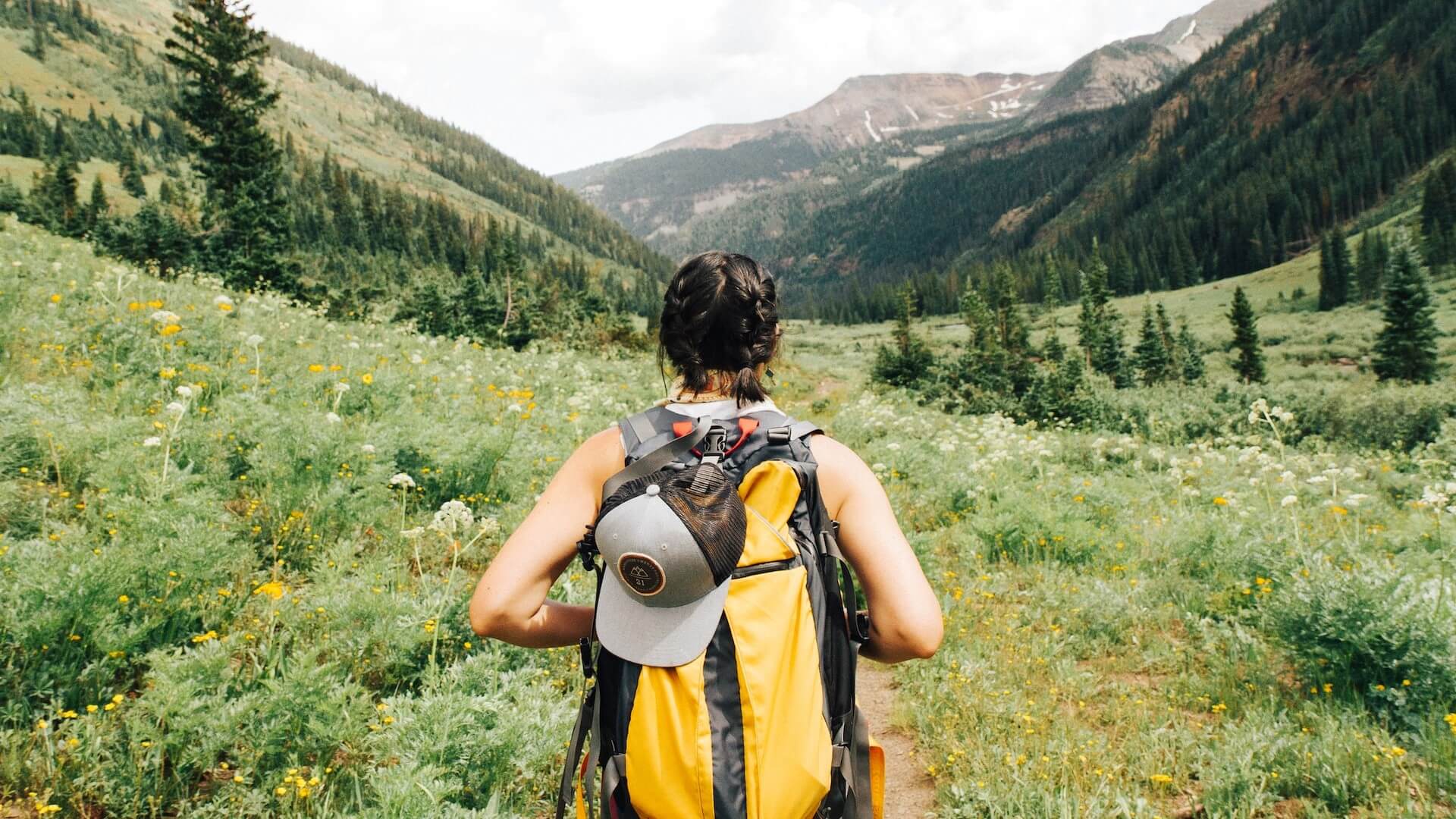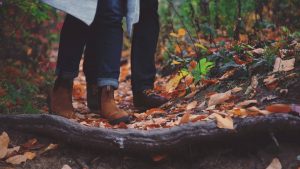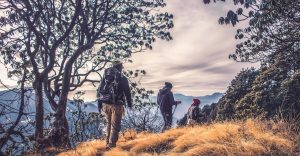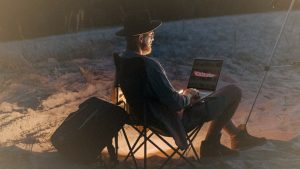Solo trekking is a captivating endeavor that beckons adventurers seeking a profound connection with nature and a deeper understanding of themselves. The allure of being alone in the wilderness, far from the cacophony of modern life, is undeniable. It’s an opportunity to experience ultimate freedom and flexibility, where every decision is yours to make. However, with that freedom comes a great deal of responsibility. This comprehensive guide goes beyond the basics, providing you with detailed tips and safety precautions to ensure that your solo trekking journey is not only exhilarating but also safe and informed.
The Freedom of Solo Trekking
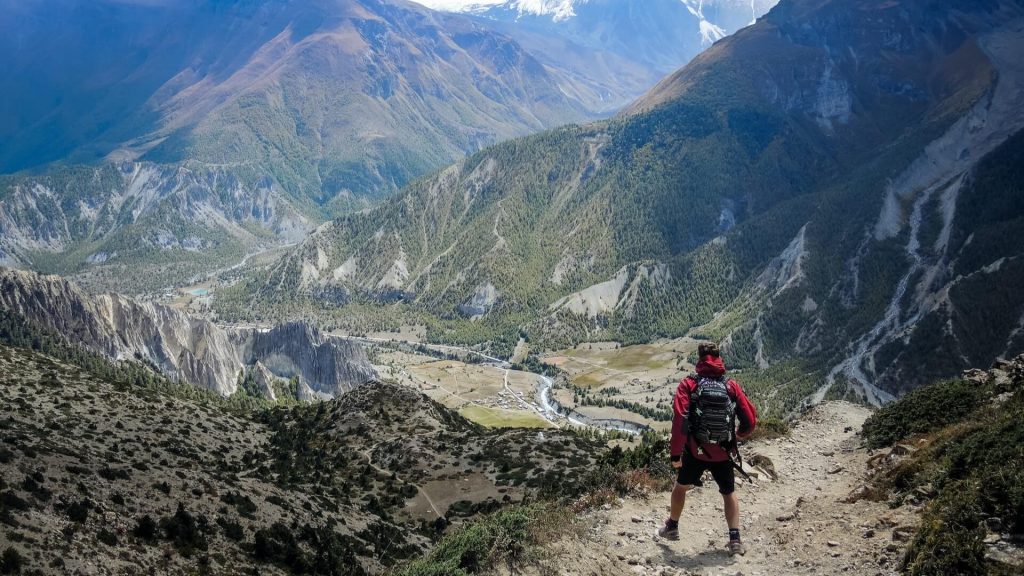
Embrace Solitude
Solo trekking is a unique chance to disconnect from the demands of daily life and immerse yourself in the natural world. The solitude allows for introspection and a deep sense of self-awareness. It’s an opportunity to appreciate the intricacies of the environment and experience a profound connection with nature.
Unparalleled Flexibility
When trekking solo, you have complete control over your adventure. You dictate the pace, determine the route, and choose when and where to take breaks. There are no compromises or distractions. This flexibility enables you to adapt to your physical condition, environmental conditions, and personal preferences, making solo trekking a highly personalized and adaptable experience.
Preparing for Solo Trekking
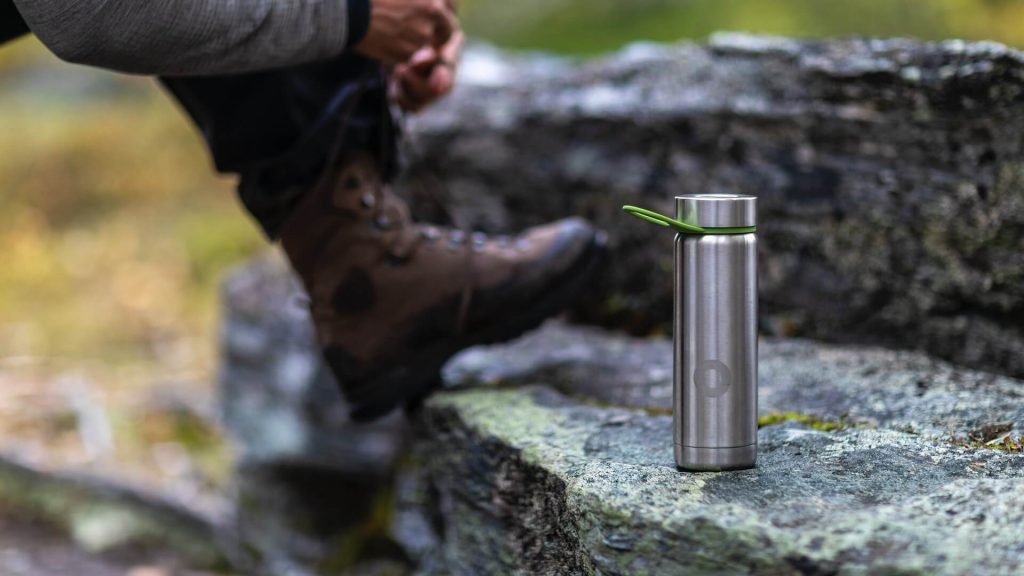
Research Your Destination
Thorough research is the foundation of a successful solo trek. Delve deeply into your chosen trail, understanding its terrain, climate, flora, fauna, and potential hazards. Utilize guidebooks, online resources, and local expertise to gather as much information as possible. Look for recent trip reports to get real-time insights into trail conditions.
Plan Your Itinerary
Creating a meticulous itinerary is crucial for solo trekking. Outline your expected start and end times for each segment of your journey. Share this plan with a trusted friend or family member and provide them with a map of your route. This step is vital for safety, as it ensures someone knows your whereabouts and can take action if you don’t return on time.
Choose the Right Gear
Selecting the right gear is an art in itself. Invest in high-quality equipment that is tailored to the specific challenges of your chosen trail. Your gear should strike a balance between durability and weight, ensuring it can withstand the demands of the journey without burdening you unnecessarily. Consider the weather, terrain, and duration of your trek when choosing gear. Ensure you carry essential supplies such as a lightweight, high-quality tent, a warm sleeping bag, and a reliable water filter.
Solo Trekking Safety
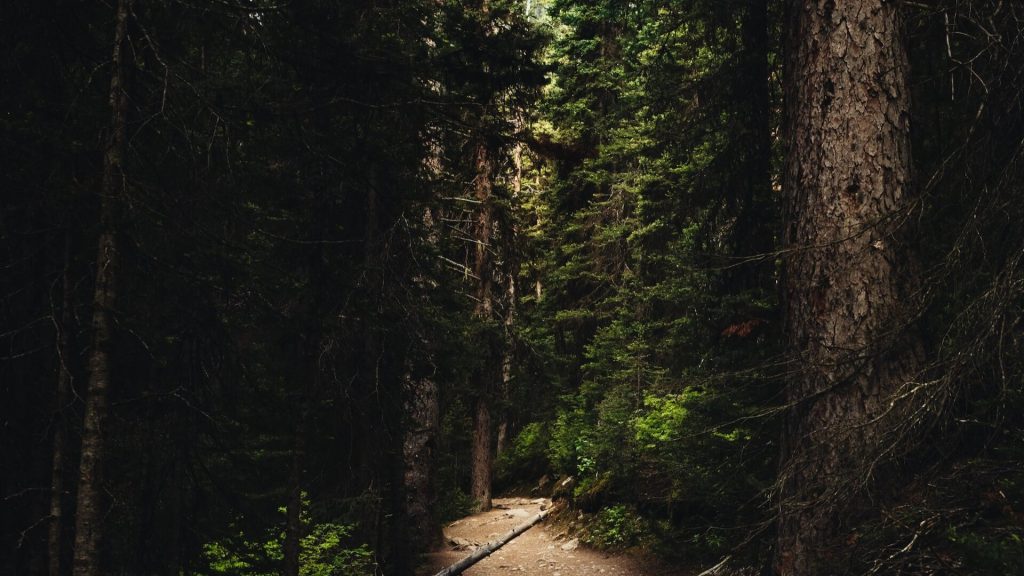
Notify Others
Before setting out on your solo trek, inform a trusted friend, family member, or a designated contact about your plans. Share your detailed itinerary, including your route, expected return date, and the location of your starting point. Provide them with multiple forms of communication, and establish a schedule for regular check-ins. This precaution ensures that someone will raise the alarm if you encounter trouble and are unable to communicate your status.
Stay on the Trail
While solo trekking allows for off-the-beaten-path exploration, it’s generally safer to stick to established trails. Venturing off-trail increases the risk of disorientation, getting lost, and encountering unexpected hazards. Established trails often have markers, signage, and well-defined routes, making navigation more straightforward, especially for solo trekkers.
Carry a Personal Locator Beacon
A Personal Locator Beacon (PLB) is a compact, life-saving device that can transmit an emergency signal to search and rescue teams in the event of a life-threatening situation. Carrying a PLB adds an extra layer of safety and peace of mind for solo trekkers in remote areas. Ensure that you register your PLB with the appropriate authorities and understand how to use it effectively.
Navigation and Orientation
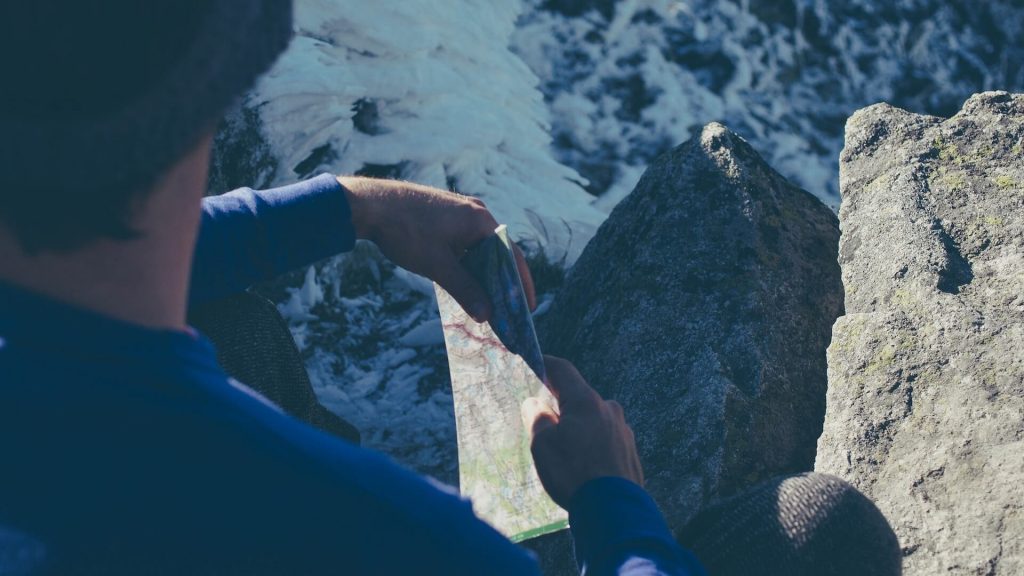
Learn Basic Navigation
Acquiring essential navigation skills is paramount for solo trekkers. Familiarize yourself with map-reading, compass use, and GPS navigation. Practice these skills before your journey to build confidence and competence. Having a solid understanding of navigation ensures that you can maintain your bearings and stay on course even in challenging conditions.
Mark Your Progress
While on the trail, it’s vital to periodically mark your progress on your map. This simple yet effective practice allows you to stay aware of your location and track your journey’s trajectory. It reduces the risk of getting lost and enables you to retrace your steps if needed.
Adapting to Weather
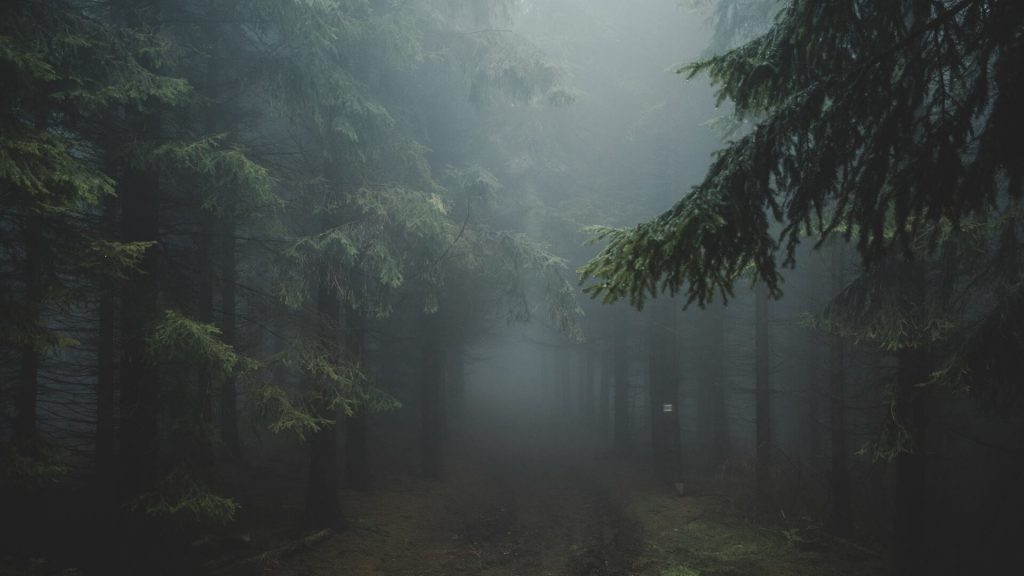
Monitor Weather Conditions
Weather in the wilderness can be unpredictable, and conditions can change rapidly. Prior to your trek, diligently monitor weather forecasts for your destination. Continue to check for updates throughout your journey. Pay attention to not only the immediate weather but also any potential storms or shifts in temperature, as well as their potential impact on your route.
Dress for the Occasion
Weather-appropriate clothing is a non-negotiable element of your gear. Layering your clothing allows you to adapt to temperature fluctuations. Invest in moisture-wicking, insulating, and waterproof gear, ensuring you remain comfortable and well-protected in various weather conditions. Staying dry and warm is not only a matter of comfort but also safety, as hypothermia is a genuine concern in many outdoor environments.
Wilderness First Aid

Carry a First-Aid Kit
A well-stocked first-aid kit is your lifeline in the event of injuries or medical issues on the trail. Prioritize supplies for wound care, fracture stabilization, and common outdoor ailments. Ensure that your first-aid kit includes pain relievers, antihistamines, and any prescription medications you may need. Familiarize yourself with the contents and their use, as having the right supplies is only effective if you know how to use them.
Learn Basic First Aid
Consider enrolling in a wilderness first aid course to enhance your preparedness for potential injuries in remote areas. These courses provide invaluable knowledge and practical skills, such as assessing and treating injuries, handling medical emergencies, and improvising first-aid solutions using available resources. Knowing how to respond to various medical situations is an essential aspect of solo trekking safety.
Camping Alone
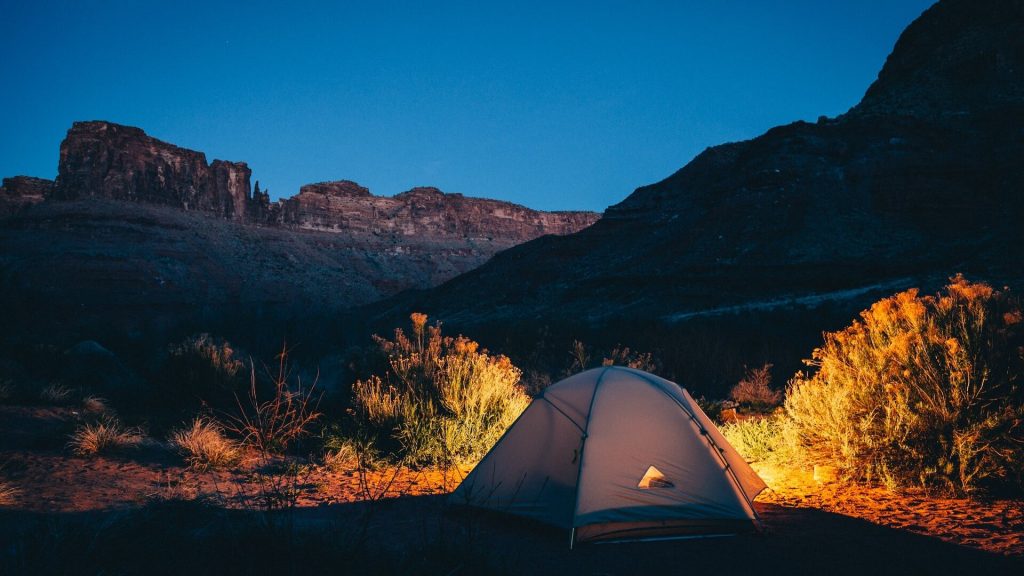
Camp Safely
Selecting a campsite requires careful consideration of various factors. Choose a site that is close to a water source, sheltered from strong winds, and safe from potential hazards like falling trees or rockslides. Always follow Leave No Trace principles, respecting the environment and minimizing your impact on the area. Your campsite should be comfortable, safe, and environmentally responsible.
Wildlife Awareness
When camping in wilderness areas, it’s essential to educate yourself about local wildlife. Research the native animals, their habits, and any potential encounters you may have. Take precautions to avoid attracting wildlife to your campsite, such as storing food securely in bear-resistant containers or hanging it from a tree. Understanding and respecting the wildlife in your chosen area not only protects the ecosystem but also ensures your safety.
Mental Preparedness
Embrace the Silence
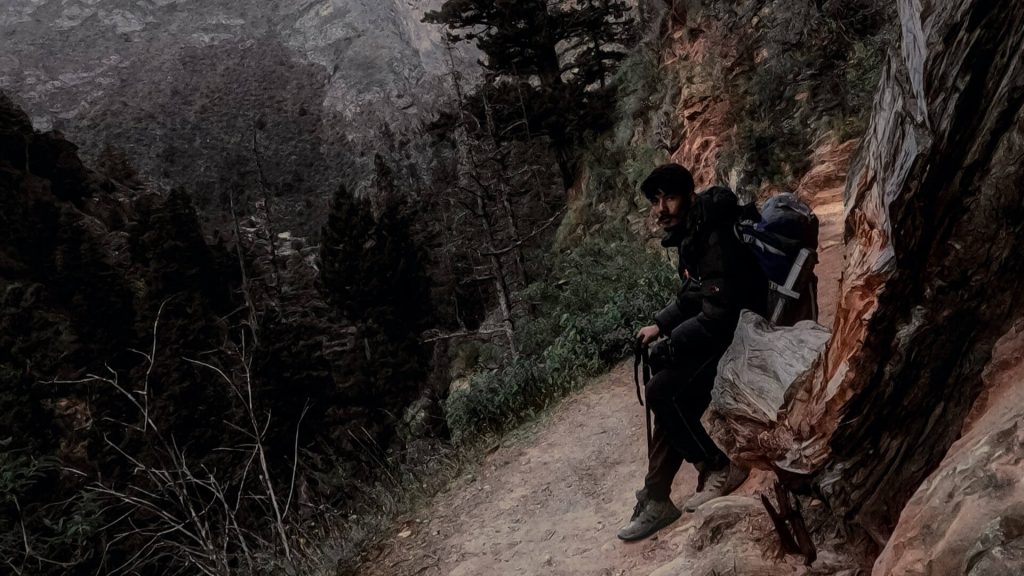
Solo trekking can provide moments of profound solitude. Embrace the quiet and stillness. It’s an opportunity for self-reflection, introspection, and personal growth. As you disconnect from the distractions of daily life, you may find that silence becomes a trusted companion on your journey.
Stay Positive
Maintaining a positive mindset is essential for overcoming the challenges you may encounter while solo trekking. Prepare for moments of doubt, fear, or loneliness and have strategies in place to cope with them. Cultivate resilience and a sense of adventure as you trek alone, knowing that each challenge is an opportunity for growth and learning.
Conclusion
Solo trekking is an empowering and transformative experience, offering a profound connection with nature and oneself. By meticulously following the tips and safety precautions presented in this comprehensive guide, you can embark on your solo trekking adventures with the utmost confidence and peace of mind. Remember that the wilderness offers boundless opportunities for exploration, self-discovery, and personal growth, and with the right preparation, you can fully immerse yourself in the beauty of the natural world while ensuring your safety at every step of your solo trekking journey. Happy trails!

